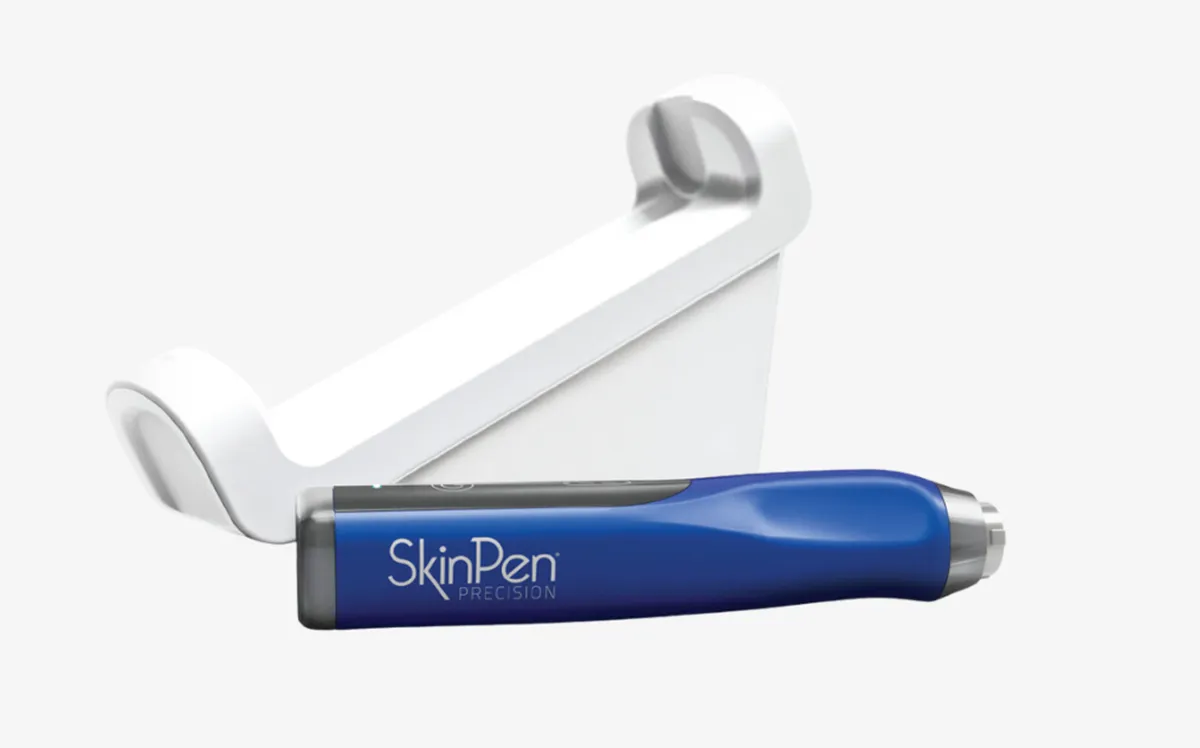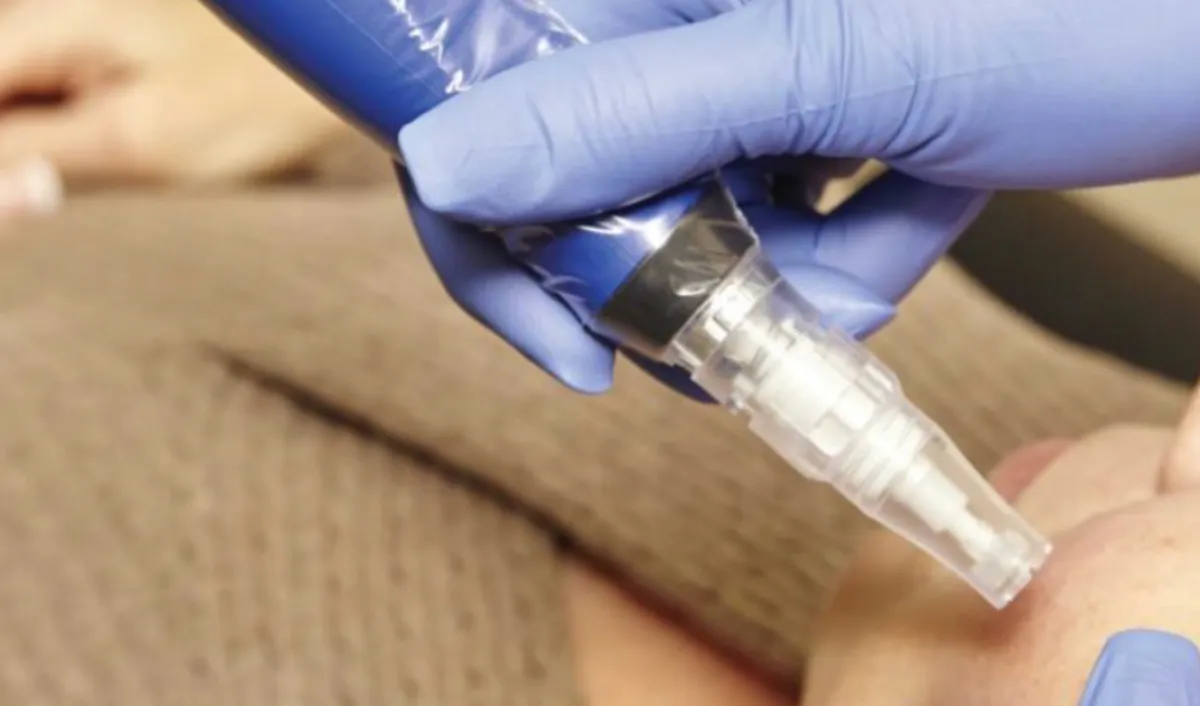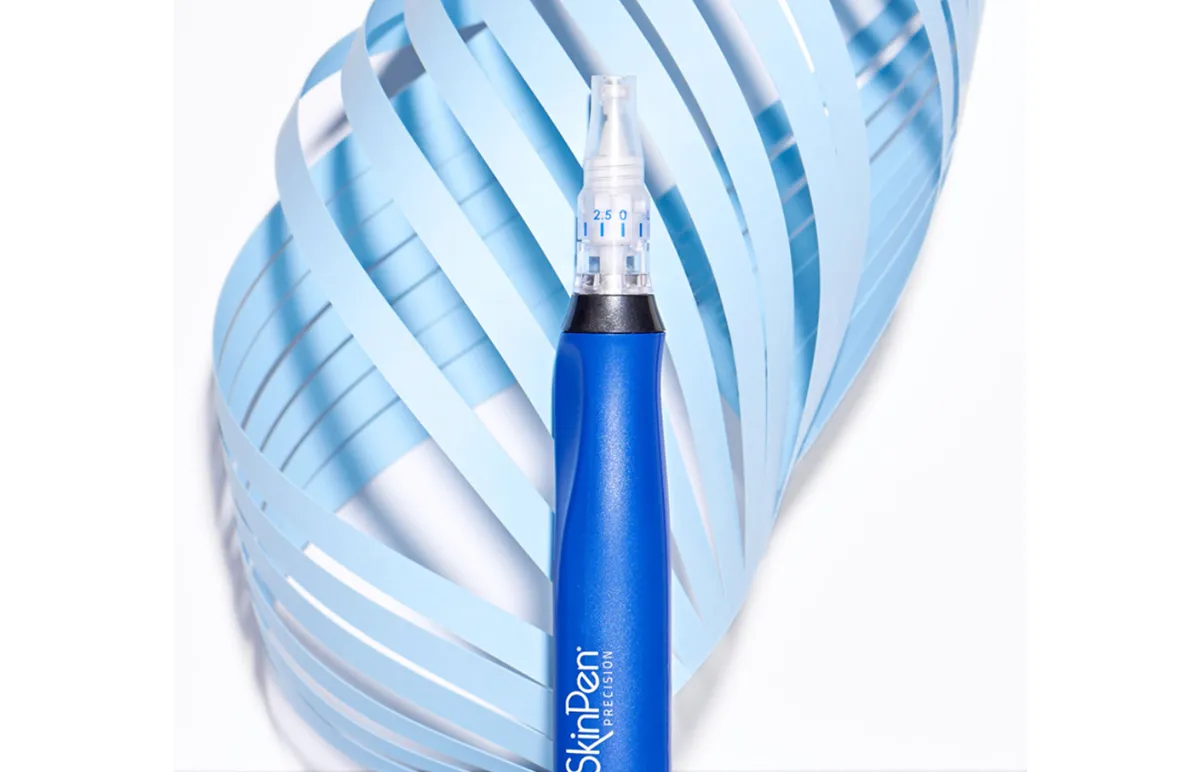
SkinPen Microneedling
Using Advanced Technology
The SkinPen is the first FDA-approved microneedling treatment, trusted by many for its proven results and high safety standards. Performed by leading dermatologists and estheticians, it offers a convenient option with minimal downtime. In just one to three 30-minute sessions, you can achieve noticeable improvements without the use of chemicals or heat, making it a gentle yet effective solution for radiant, rejuvenated skin.

What Concerns Does It Address?
- Fine lines and wrinkles
- Acne scars
- Skin tone and texture
- Hyperpigmentation
- Large pores
- Stretch marks
How Does it Work?
SkinPen uses fine, sterile needles to create tiny, controlled micro-injuries in the skin. This process stimulates your body’s natural healing response, promoting the production of collagen and elastin. As your skin heals, you'll notice improvements in texture, tone, and overall appearance - achieved without the use of harsh chemicals or heat.

What to Expect.
- Duration: 30 minutes
- Recommended Sessions: 3 to 6 sessions, scheduled 4 weeks apart until optimal results are achieved, followed by maintenance sessions if needed
Treatment Overview

-
Consultation
A thorough consultation provides an opportunity to address skin concerns and offer recommendations. -
Baseline Photos
We take a picture before the treatment to provide a visual reference, allowing you to observe the effects and track progress over time. -
Skin cleaning
Before your treatment, thoroughly remove makeup, gel, and oils from your skin by cleansing to ensure a clean canvas for the procedure. -
Numbing Cream
A numbing cream containing lidocaine is applied to the area for approximately 45 minutes before treatment to minimize discomfort. -
Treatment
The treatment involves applying the tip to the skin to create controlled micro-trauma. The depth and intensity of the radiofrequency are determined in advance by the technician. There is minimal discomfort, and the technician may choose to perform 2–3 passes for optimal results.
